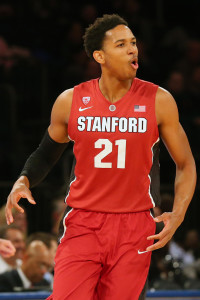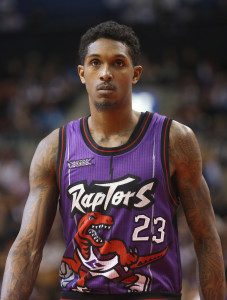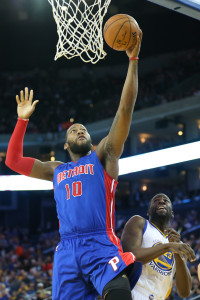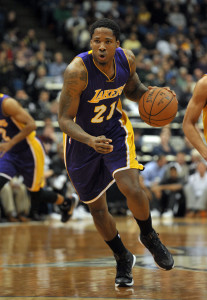The NBA’s salary cap for 2015/16 will be $70MM, an 11% increase from this past season, and the luxury tax line will be $84.74MM, as sources tell Adrian Wojnarowski of Yahoo Sports (Twitter links) and as the NBA confirms (hat tip to Sam Amico of Amico Hoops). The last cap projection from the league had been $67.1MM, and while Ken Berger of CBSSports.com reported last month that the cap might end up higher than that by $1-2MM, it appears the cap wound up surpassing even the most optimistic of expectations. The projection for the tax had been $81.6MM.
The figures mean the maximum salaries for this coming season are also higher than estimated, so LaMarcus Aldridge, Marc Gasol, Kawhi Leonard and others who’ve agreed to max contracts this month will see more than they thought. Leonard, among those eligible for the max reserved for players with fewer than seven years of experience, will see $16,407,500 as a starting salary on his deal, tweets Jeff Zillgitt of USA Today. The maximum starting salary for players with seven to nine years of experience, like Aldridge and Gasol, is $19,689,000, according to Zillgitt. No player with 10 or more years of experience has agreed to a max contract yet, but LeBron James almost certainly will. The maximum starting salary for those in his bracket is $22,970,500, as Zillgitt reveals in his tweet.
The higher cap will likely have a significant effect on the structure of the trade agreement that is to send Roy Hibbert to the Lakers, as Jake Fischer of SI Now tweets. It had been unclear whether the Lakers would have enough cap room to accommodate Hibbert’s salary of more than $15.5MM, so it was possible that L.A. would have to send players to Indiana as part of the deal, or ship players elsewhere. The Lakers were reportedly exploring trades that wound send out Robert Sacre, Ryan Kelly and Nick Young.
Other teams will benefit from the higher cap, and the higher tax line means less of a burden for the Bulls, Heat, Nets, Cavs, Warriors, and Thunder, all of whom are already in tax territory or are expected to get there. That’s especially so for Brooklyn and Miami, as both would pay repeat-offender tax penalties if they finished the regular season above that $84.74MM threshold. Teams that trigger a hard cap this year will have greater flexibility, since they can spend up to $88.74MM, $4MM above the tax line.
The league also tabulated final payrolls for each team from last season, revealing that players collectively made less than the 50.39% of basketball-related income that the collective bargaining agreement holds that they’re entitled to. Thus, the league will pay out the $57,298,826 shortfall to the union, which will distribute that amongst the players, as Zillgitt relays (Twitter link). Also, both the Magic and Nuggets fell shy of the $56.759MM minimum team salary. Orlando was $1.92MM short, so the players who finished the season on the Magic’s roster will split a $1.92MM payment from the team, salary cap expert Larry Coon tweets. Those on the Nuggets roster will share $773K, Coon adds. This year’s salary floor, locked in at 90% of the cap, will be $63MM, the NBA announced.
Today’s news doesn’t affect the amounts for exceptions, like the mid-level and biannual, and player minimum salaries, as the league and the players set them in stone when they negotiated the collective bargaining agreement in 2011. Thus, those figures have progressively less relative value as the cap rises from year to year.
This year’s cap increase, unlike those projected for years to come, isn’t a direct result of the league’s $24 billion TV deal, which doesn’t kick in until next July. Instead, it appears to be a function of higher than expected revenue during the 2014/15 season. The Warriors collected record gate receipts on their run to the Finals, as Grantland’s Zach Lowe reported, and it would seem likely that the NBA saw unforeseen money from other avenues, too.



